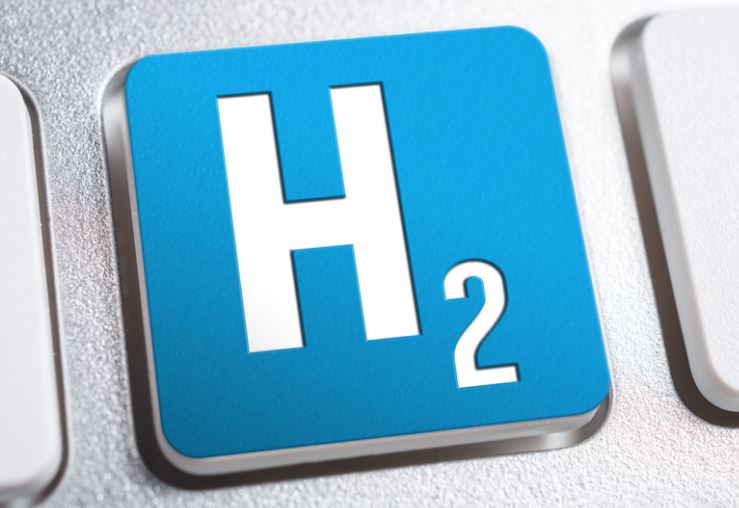Whitebark Energy Limited is moving forward with plans to commercialize hydrogen production using geothermal energy. This initiative aligns with Australian federal government incentives aimed at boosting hydrogen production.
Whitebark’s strategy focuses on leveraging geothermal resources to produce hydrogen via electrolysis. The company’s EPG2049 asset in the Cooper Basin is identified as a primary site. This approach aims to repurpose end-of-life oil and gas wells for geothermal energy extraction, theoretically reducing costs and environmental impacts. However, the success of this plan hinges on the actual geothermal potential of these sites, which requires extensive and costly geological surveys and resource assessments.
The proposal to build electrolysis facilities powered by geothermal energy is innovative, but the feasibility of such an integration on a large scale is yet to be proven. The technology to convert geothermal energy to hydrogen efficiently and economically is still in its nascent stages. Moreover, the infrastructure for hydrogen storage and distribution, including refueling stations along the proposed Hydrogen Highway, requires substantial investment and coordination with multiple stakeholders.
Whitebark’s plans benefit from the Australian government’s significant financial support for hydrogen projects, including a recent allocation of A$6.7 billion in the federal budget. While this support is crucial, it does not guarantee market viability. The hydrogen market remains in its early stages, and the competitive landscape is rapidly evolving with other companies and countries also vying for leadership in this sector.
Whitebark estimates that hydrogen production costs can be minimized by using existing geothermal infrastructure. However, this optimistic outlook must be balanced against the high initial costs of geothermal exploration and development. Additionally, the commercial success of the project depends on achieving economies of scale and securing long-term offtake agreements with industrial and transportation sectors, which currently face economic and logistical barriers to adopting hydrogen fuel.
Whitebark’s strategy includes prioritizing sites like EPG2049 and evaluating other potential assets such as EPG2037 in Southeast Queensland. While EPG2049 has existing infrastructure, EPG2037 lacks production wells, making its development contingent on the success of the initial project. The scalability of geothermal hydrogen production across these sites remains uncertain until pilot projects demonstrate consistent performance and economic viability.
The company’s plan to collaborate with government agencies, research institutions, and industry partners is essential for accelerating development. However, forming effective partnerships and securing regulatory approvals are complex and time-consuming processes. The success of these collaborations will significantly impact the project’s timeline and overall feasibility.
The global hydrogen market is projected to grow substantially, driven by the need for sustainable energy solutions. Whitebark aims to position itself as a leader in this emerging market by pioneering geothermal hydrogen production in Australia. However, this ambition must be tempered with realistic assessments of technological, financial, and regulatory challenges.
Hydrogen produced from renewable sources, such as geothermal energy, offers a promising pathway to decarbonize various sectors. Yet, the broader adoption of hydrogen technology depends on overcoming significant technical and economic hurdles. Whitebark’s initiative, if successful, could contribute to reducing Australia’s carbon footprint and enhancing energy security. Nonetheless, the path to commercialization is fraught with uncertainties that require careful navigation.
Whitebark Energy’s initiative to produce hydrogen using geothermal energy represents a bold step towards sustainable energy solutions. While the company’s existing assets and government support provide a solid foundation, the success of this project depends on overcoming substantial technical, economic, and regulatory challenges. Continuous assessment and strategic collaboration will be critical in determining whether Whitebark can achieve its goal of becoming a leader in geothermal hydrogen production.
